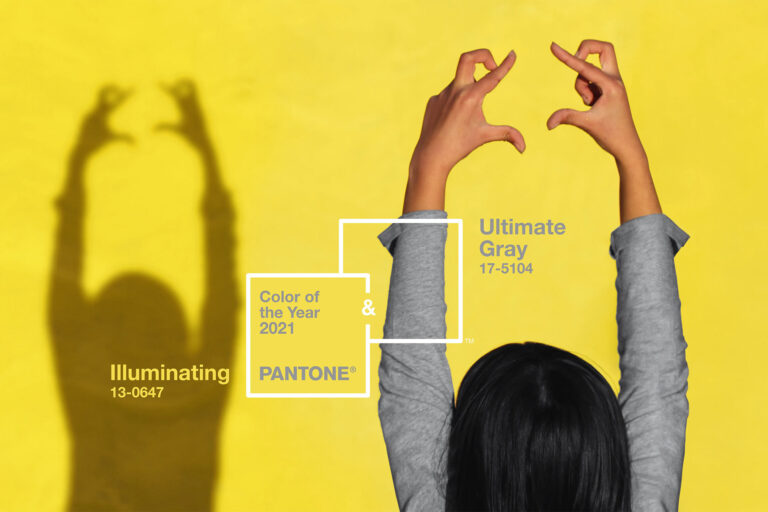How to Sell Luxury?
After the downturn during the pandemic, the global luxury market is up this year by 29%, or $327 billion. This rapid growth was accompanied by structural changes. The crisis and lockdowns accelerated the processes taking place in the industry. Not all brands recovered and grew, but only those who managed to work with modern trends.
One of these trends is digitization. This process is happening everywhere, including the luxury segment. Network capacity is growing, sites are improving, and media content has become so advanced that it can fully convey the impression of wealth and luxury even from a computer or smartphone. Virtual reality development is another step in this direction.
In 2021, online sales of luxury goods reached $71 billion, 2.5x more than in the pre-pandemic year of 2019. There is an expectation that by 2025 the share of digital sales in this sector will increase from 22 to 30%.
Price does not play the most critical role in selling luxury products. The consumer’s primary focus is on the sensory and emotional association of the brand, its quality, and reliability. Special attention is on creating a unique customer experience, using personalization of marketing and customization of goods. Advertising in this segment is often not product-based but image-based, and a much larger share of marketing efforts should be devoted to PR.
Just like in a traditional brick-and-mortar, the entourage and status of the online store have no less significance than the luxury product itself. Of course, in a branded online store with its own domain, expensive goods will sell better than on marketplaces. A branded online store is more credible. It is like a boutique compared to a department store. The buyer is more confident in the authenticity of the product, and the process of choosing and buying is a much more pleasant experience.
The media content of the brand website should be close to a piece of art. If we look at Swarovski or Cartier’s online stores, the main emphasis is photos and videos. The images are not casual; they are artistic and sophisticated, conveying the brand’s essence. The airy design and clean fonts do not distract visitors from the luxurious one-of-a-kind products.
While the hallmark of premium brands is often their history and reliance on tradition, they do not forget about current trends. A brand must-follow fashion trends without unnecessary fuss, with dignity, without compromising its values. More and more luxury and premium product manufacturers are concerned about sustainable development and the environment. Among the most notable examples are clothing and accessories brands Stella McCartney and Louis Vuitton.
Creative brands are taking their customers into virtual reality. In 2019 Balenciaga introduced their fall clothing collection in the format of their own online game. Last year, they collaborated with Epic’s online game Fortnight to display a separate fashion collection and provide a central place of sale. However, the designer items can also be ordered directly from the brand’s store.
The portrait of the luxury shopper is not uniform. Some buyers are wealthy people who choose a brand for reliability, convenience, unique innovations, and other consumer properties. Another part strives to demonstrate a certain level of luxury and chooses products, focusing on ultra-fashionable trends and celebrity purchases. The tastes of these buyers can be pretty different, so accurate positioning and collecting analytics are at the forefront.
Brands in the luxury sector know it is essential to provide the customer a choice – to come to a boutique or branded salon or visit an online store. Clients expect they will receive the same high quality and service convenience.
The challenges of working with luxury products are rewarded by the high margin and the loyalty of customers who do not have the need nor desire to change their preferences in pursuit of discounts and low prices. Buyers of luxury and premium goods are more conservative in their choices and will not willingly continue buying even if their financial condition worsens.
However, a period of structural change provides an opportunity for new brands to find their place in this market. It also allows established companies to create and strengthen their online presence.
Syntes is fully able to promote premium products: our Master Data Management platform provides your company with full analytics from all marketing channels and allows you to create a portrait of the target audience and a model of interaction with it. The flexibility of branded sites and online stores on the platform makes it possible to use diverse types of multimedia content. The omnichannel system helps create a unique client experience.
Syntes’s skills are demonstrated by the successful launch and complete management of D2C sales in Russia for the premium brand Razer who sells expensive computer accessories for gamers. Over the past three years, we have doubled the brand’s revenue in Russia despite the challenging conditions of 2020 and 2021. We use various types of product and non-product content for promotion, interaction with the community of gamers, and branded publications on social networks.
We understand how to work with brands of expensive goods and can develop a marketing strategy for your company and then translate it into reality, completely taking over the D2C sales of premium goods through various channels: a brand website and marketplaces.
Syntes, an international company, develops a next-generation MDM (Master Data Management) and PIM (Product Information Management) cloud platform and provides brands and manufacturers with services for creating, managing and automating D2C (Direct-to-Customer) sales and marketing channels. Syntes solutions and services are used by the world’s leading brands and manufacturers of consumer and business products such as Razer, Scarlett, Pantone, X-Rite, AVerMedia and others. Syntes is a registered trademark of Syntes, Inc.
Mentioned trademarks and company names are registered trademarks of their respective owners.
© Copyright Syntes, Inc. Copying, reprinting, and any reproduction is permitted only with the written permission from Syntes, Inc.






